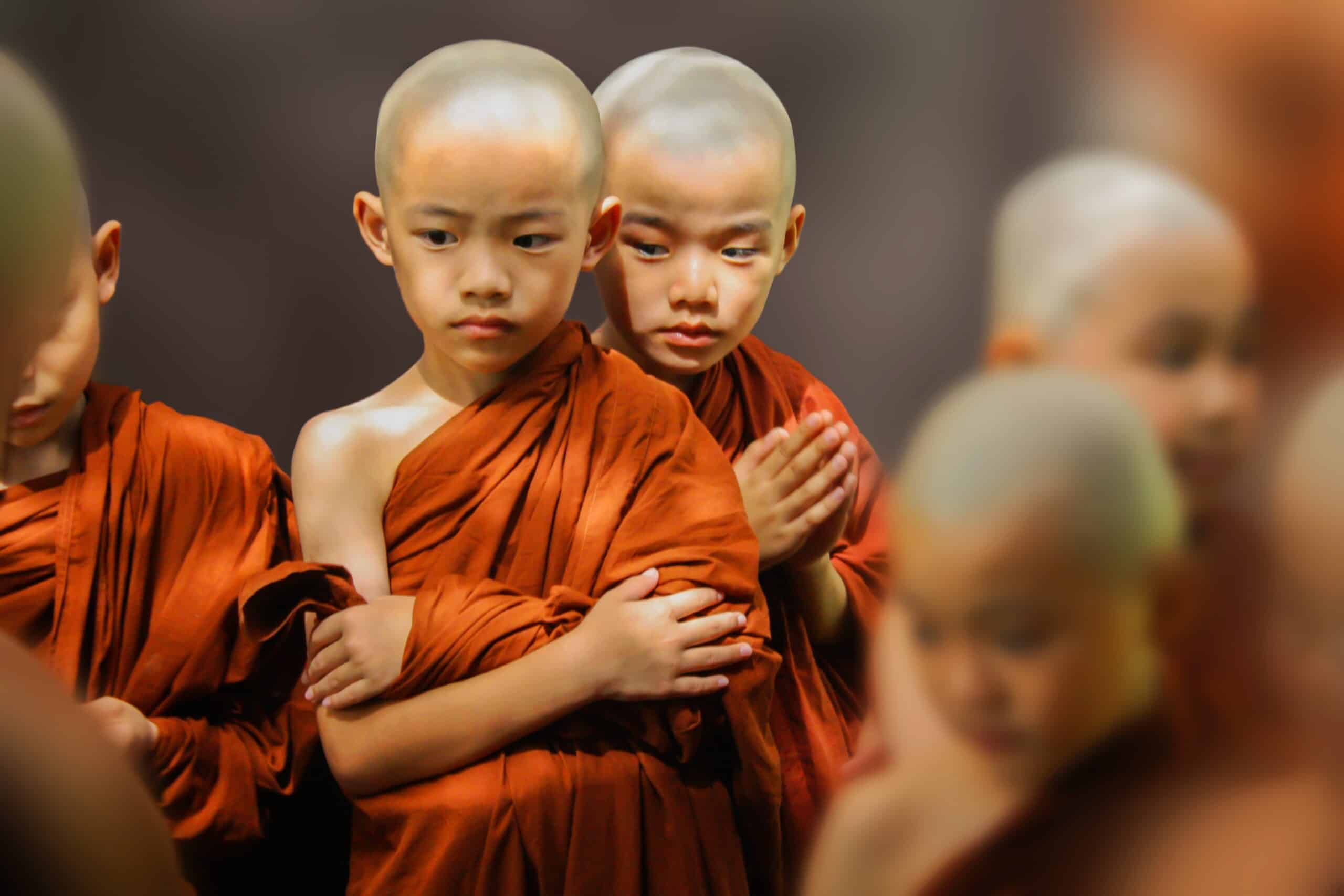Sects in Buddhism

Contents
- Introduction
- Theravada
- Mahayana
- Vajrayana
- Source

Introduction
Buddhism is one of the world’s oldest religions, and it has grown to encompass a variety of sects. These sects differ in their approaches to the teachings of Buddha, their interpretation of scripture and the means by which they practice Buddhism. Each sect also brings its own unique rituals, beliefs and practices to the religion as a whole.
The three main sects of Buddhism are Theravada, Mahayana and Vajrayana. Theravada is perhaps the most traditional form of Buddhism, tracing its roots back to ancient India. This sect emphasizes adherence to monastic traditions, meditation and contemplation on core Buddhist principles such as impermanence and suffering. Mahayana Buddhism is more popular in East Asia; this belief system focuses more on compassion for all living beings rather than strict adherence to monastic principles.
Theravada
Theravada is one of the two major sects of Buddhism, the other being Mahayana. It is believed to be the oldest surviving Buddhist school and has a strong presence in countries such as Sri Lanka, Myanmar (Burma), Thailand, Cambodia and Laos. The scriptures of Theravada are also known as Pali Canon and can be found in the Tipitaka or Three Baskets which consists of Suttas or discourses, Vinaya or monastic rules, and Abhidhamma or philosophical texts.
The main practice within Theravada revolves around gaining insight into the four Noble Truths which state that life includes suffering; suffering has a cause; cessation from suffering is possible; and there is a path to end suffering. This path is based on developing morality through sila, concentration through samadhi, and wisdom through prajna.
Mahayana
Mahayana is one of the two major sects of Buddhism that emerged in the first century C.E. It is sometimes referred to as “Northern Buddhism,” as it originated in North India and spread across much of East Asia and Central Asia, including Tibet, China, Korea, Japan, Vietnam and Mongolia. Mahayana stands apart from other sects of Buddhism due to its emphasis on the ideals of compassion and enlightenment for all living beings. The Mahayana sect also teaches that anyone can achieve Buddhahood through their own effort, a concept not found in other Buddhist traditions.
The name Mahayana itself means “Great Vehicle” or “Great Path.” This is because followers of this branch believe they can help more people attain liberation by sharing their teachings with others; thus providing a great vehicle for attaining nirvana or ultimate enlightenment.
Vajrayana
Vajrayana is one of the three major sects of Buddhism, alongside Theravada and Mahayana. It is also known as Tantric Buddhism or esoteric Buddhism and is practised mainly in Tibet, Mongolia, Nepal, Bhutan and certain parts of India. Vajrayana teaches that enlightenment can be attained quickly by following special practices such as rituals, mantras and visualisations.
The origin of Vajrayana dates back to the late 8th century when it emerged from Indian Buddhist tantric schools. Its main teachings include transforming ordinary into extraordinary life experiences through meditation on subtle energies within the body which help to bring about a spiritual awakening. This type of Buddhism focuses heavily on rituals, mandalas (geometric diagrams) and mantras (spoken words) which are used to invoke divine energy for various purposes including healing diseases and achieving personal growth.
Source
Buddhism: A Very Short Introduction by Damien Keown, 2013.


